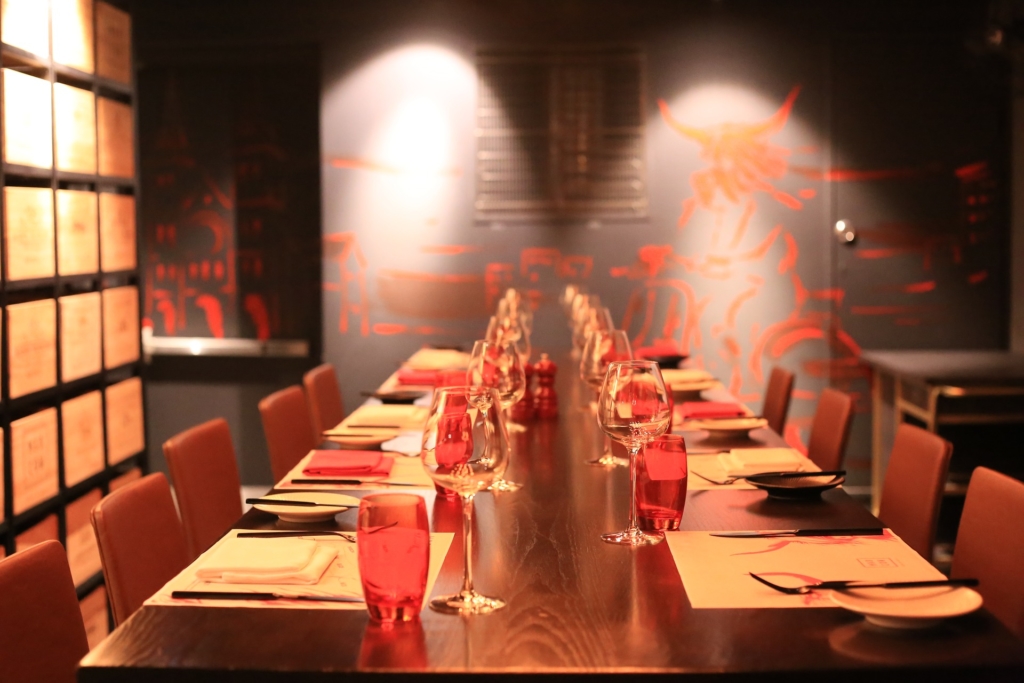
In these uncertain economic times, as one new restaurant opens, another often closes.
Being able to fill enough covers to make your business profitable on a regular basis is the key to success in the restaurant industry, and customers who book tables but fail to show up are single handedly costing you money.
There are, however, ways to limit the losses your business makes as a result of no-show diners. By using a combination of great communication and firm but fare charging policies, the patrons that book but fail attend may no longer be a big expense.
1. Don’t hold reservations open
Most diners who are running late will try to call ahead to warn you (if they’re feeling charitable, that is).
Sometimes, though, they’ll simply show up late, or worse still, won’t show up at all.
This leaves restaurateurs and front of house managers with a tricky decision to make; at what point do you offer reserved tables to walk-ins?
To help clarify this, some restaurants offer a window of opportunity during which they will keep the reservation open. Customers that arrive after that time then run the risk of the table being offered to somebody else.
2. Take deposits
This may seem obvious, but many restaurants don’t even ask for a deposit, or only insist on one for large groups or at busy times of year.
Taking a deposit for every table probably won’t cover the cost of any no-shows you experience, but it will certainly help.
3. Try a ticket system
By selling a ticket that includes the price of the meal, most diners are fully incentivised to show up and enjoy an evening they have already paid for.
This works well for large groups or special occasions but may put more opportunist diners off.
4. Remind customers in advance
Online table booking systems will usually be capable of texting or emailing diners the day before they’re due to attend to remind them of the booking and advise them what to do if they want to cancel.
Even if you’re yet to invest in an online booking system you can still do this, by simply calling your diners the day before to remind them (after all, that’s pretty stellar customer service, eh?).
5. Don’t take reservations
A novel way to deal with the no-show problem is to do away with the reservations entirely.
This works well in busy, less formal restaurants in areas with heavy footfall, but not so well with more upmarket eateries where food is cooked to order.
If you can work this system well, you can create a buzz about being busy and encourage diners to get there early to ensure a table.
6. Remember that communication is key
Unfortunately, many diners don’t even think about the consequences for your business if they fail to show up for their reservation.
However, if you can make them aware of how adversely it affects you, they may be more mindful next time round. Be sure that your website has full details of your cancellation policies and that they are reminded of these when they book.
7. Finally – keep track of no-shows
If you’re able, make a note of the names of those diners who repeatedly offend. There’s no need to name and shame, but it does give you the opportunity to decide whether to accept the booking or not, based on previous performance.


Leave A Comment